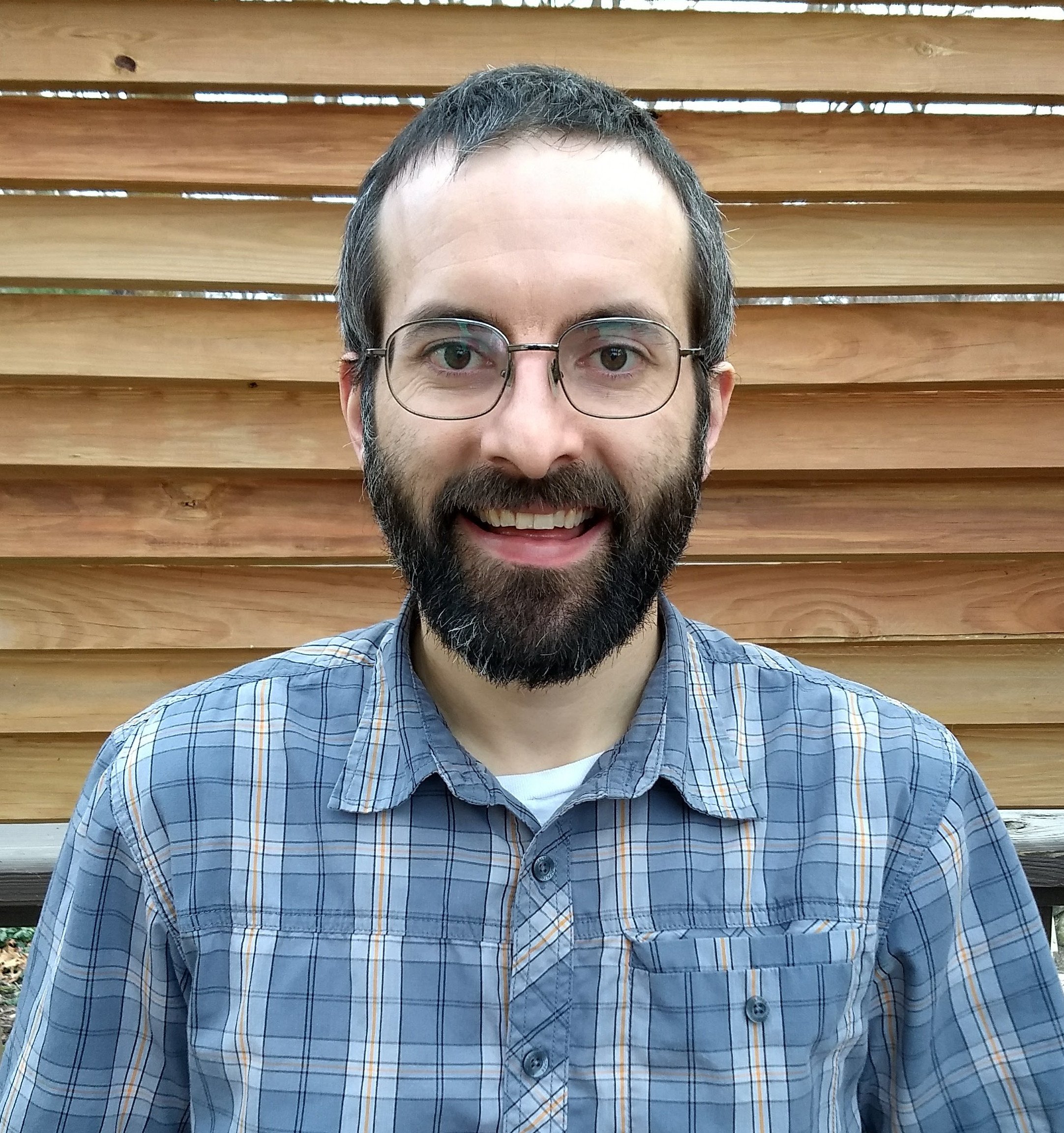Creating an AI chatbot might seem like a daunting task, especially if you're not an experienced programmer. But we just launched a course on the freeCodeCamp.org YouTube channel that will demystify the process and walk you through it step-by-step.
This course focuses on using Django, a high-level Python web framework, and the OpenAI API to create a clone of the popular AI chatbot, ChatGPT.
Tomi Tokko, an experienced course creator for freeCodeCamp.org and an AI enthusiast, teaches this course. He has a knack for breaking down complex concepts into easy-to-understand lessons. He guides students through the process of creating an AI chatbot, demonstrating how to use Django and the OpenAI API. Plus he explains how to incorporate user authentication into the chatbot. This ensures that users can log in and log out, with their chat histories being saved for future reference.
The course covers the basics of Django and then builds upon these foundations, so even beginners can follow along without feeling overwhelmed.
One crucial aspect Tomi covers is the OpenAI documentation. He explains how to utilize GPT-3 and GPT-4 within your applications using the OpenAI API. This is a powerful feature that enables your chatbot to generate human-like text.
In the process, Tomi offers numerous tips and tricks to avoid errors, like how to add a new app to the Django settings to ensure the app is recognized as part of the project, and how to create a template folder to organize HTML files effectively.
Whether you're a novice programmer looking to get your feet wet in the field of AI, or a seasoned coder interested in exploring the capabilities of Django and the OpenAI API, this course is a valuable resource.
In the end, building a chatbot is not just about understanding and applying complex algorithms and programming concepts. It's also about realizing the potential of these technologies to revolutionize the way we communicate and interact with machines. And with courses like this one, that potential is becoming increasingly accessible to everyone.
Watch the full course on the freeCodeCamp.org YouTube channel (2-hour watch).

